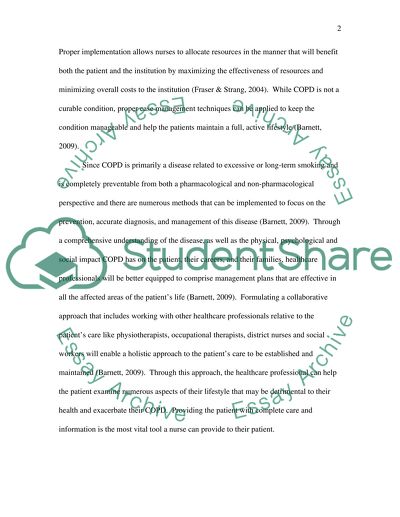Cite this document
(“Preventative Education Essay Example | Topics and Well Written Essays - 1250 words”, n.d.)
Retrieved from https://studentshare.org/education/1429532-preventative-education
Retrieved from https://studentshare.org/education/1429532-preventative-education
(Preventative Education Essay Example | Topics and Well Written Essays - 1250 Words)
https://studentshare.org/education/1429532-preventative-education.
https://studentshare.org/education/1429532-preventative-education.
“Preventative Education Essay Example | Topics and Well Written Essays - 1250 Words”, n.d. https://studentshare.org/education/1429532-preventative-education.


